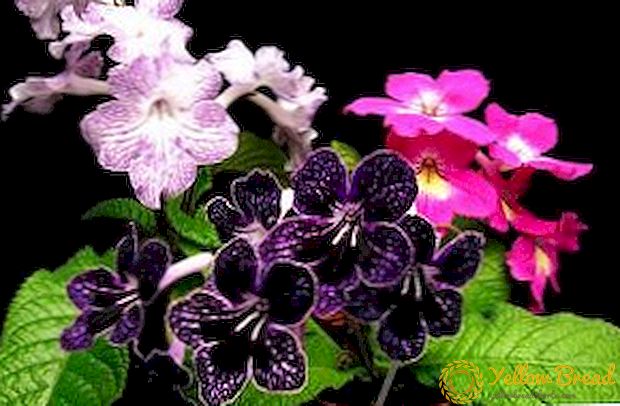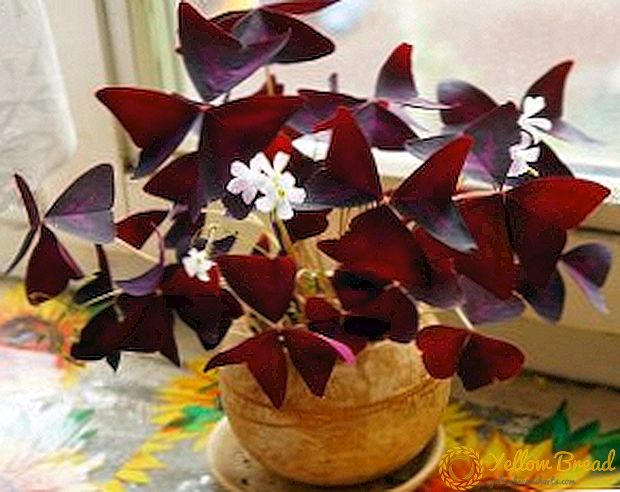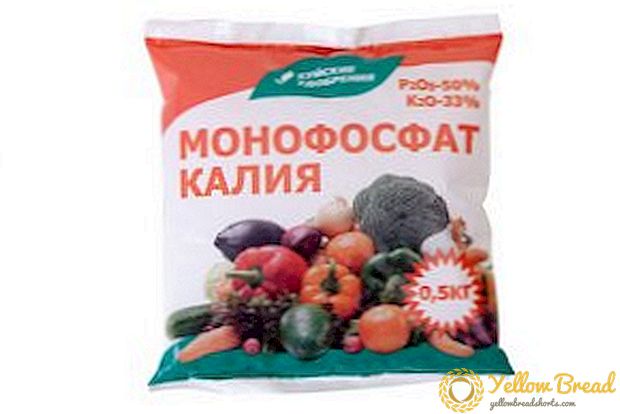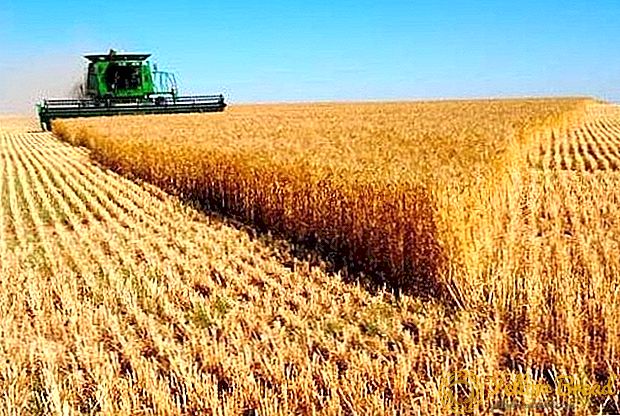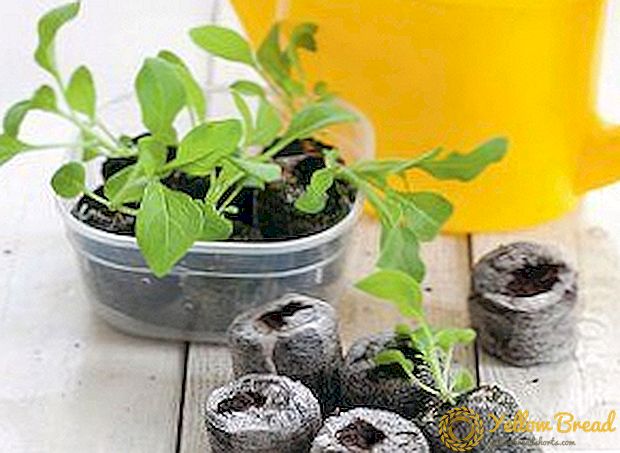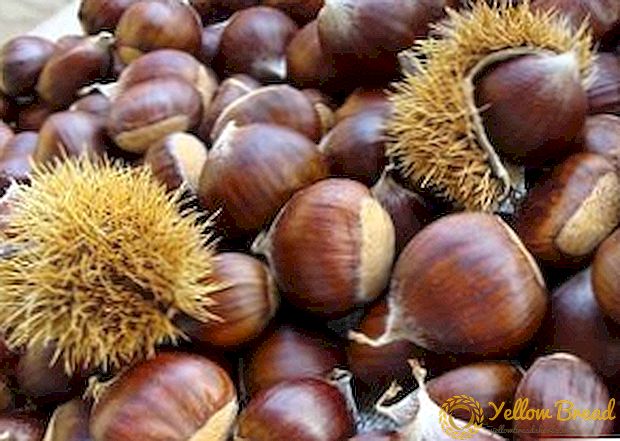 Not so long ago, the residents of the middle lane were fortunate enough to adapt themselves to cultivating the well-known in their summer cottages. banana tree pawpaw. The process of planting and caring for a tropical tree is quite laborious and requires a lot of patience and effort, but judging by the positive reviews of successful gardeners, the result of such an experiment will exceed all your expectations.
Not so long ago, the residents of the middle lane were fortunate enough to adapt themselves to cultivating the well-known in their summer cottages. banana tree pawpaw. The process of planting and caring for a tropical tree is quite laborious and requires a lot of patience and effort, but judging by the positive reviews of successful gardeners, the result of such an experiment will exceed all your expectations.
- general information
- Location selection
- Planting and reproduction
- Growing from seed
- Reproduction by root shoots
- Graft
- Care Tips
- Watering, loosening, soil mulching
- Top dressing
- Pruning
- How is pollination
- How to endure winter and cold
- When it starts to bear fruit
general information
Azimina is a tall (from 6 to 9 meters) dicotyledonous ornamental tree with a pyramidal crown, glossy, oblong-ovate leaves and bell-shaped purple flowers. It is a perennial exotic plant from North America, but, despite its ability to produce excellent, fragrant fruits, it can easily withstand quite severe frosts (up to -30 degrees). 
Location selection
The place for cultivation of the three-bladed pawpaws should contain a weakly loamy fertile soil, always with good drainage, and be in an elevated, windless and well-lit zone. When planting in a prone place, a prerequisite for further good development will be the arrangement of gutters that will protect the plant from streams of rain and melt water.
Planting and reproduction
Banana exotics are propagated in three ways - seed, using root shoots and grafting. The presented division processes are very complicated, but they are quite feasible if all recommendations and rules are followed.
Growing from seed
So that the process of growing full-fledged paws from seeds was not hard and immediately assumed good shoots (already in 7 weeks), the planting material must first be stratified at a temperature of 0 to 4 degrees for three to four months. The seeds of the plant are quite large in size (about 2.5 cm) and have a rich, dark brown shade - they can easily be confused with persimmon seeds. Planted material should be planted to a depth of at least 3 cm. The first shoots will appear in a month. It is important to remember that early and young sprouts of exotic plants have a very fragile root system, therefore they should not undergo a transplant process. The trees obtained from the seeds, despite the low survival rate, begin to bloom together and bear fruit, starting from 4 to 8 years. The time for the implementation of these processes depends entirely on the quality of planting material, care and varieties of future plants. 
Reproduction by root shoots
When breeding root processes before planting a banana tree at a prepared place in the planting pit, you must add compost, humus, sand and wood ash. The root neck of the seedlings is smoothed out to the maximum, and then buried:
- in loamy soil 5-8 cm;
- in light soil at 10-12 cm.

Graft
A banana tree is usually grafted in the middle of spring in a split by a woody shank. Manipulation is divided into several simple steps:
- the stock is cut off;
- splits along;
- the graft is sharpened, and then gently inserted into the stock split;
- traced whether the cambial layers matched correctly;
- further vaccination tightly fixed with a polymer film;
- a cap is put on it to protect the grafted area from moisture.

Care Tips
The North American tree is unusual, and, despite the rather standard manipulation of care, it requires special attention. Let's take a look at some tips to get this process done as best as possible.
Watering, loosening, soil mulching
The soil under the banana exotus should be in a constantly hydrated state, so it will be necessary to water the trees often.

In the fall of the plant watering must be reduced. Loosening and mulching the soil is also an integral part of proper plant care. The loosening process should be carried out periodically, a few days after watering, the depth must be no higher than 1 cm. With mulching, everything is also quite simple, for preparing mulch, perennial grasses are most often used, which, after mowing, are used for row spacing and tree trunks.
Top dressing
It is not necessary to feed azimine in the first year after planting, and already for the next one year period organic and mineral fertilizers are introduced in early April. Organic top-dressings may include ash and manure, and mineral complex compounds are selected with a high content of nitrogen and phosphorus. During the season, "feeding" is preferably carried out every week, and in the winter, during the rest period, once a month. 
Pruning
Since azimina berries appear on last year's shoots, it will be better to prune adult plants for replacement. And in the spring it is necessary to take care of the cut of all the sick and frozen branches.
How is pollination
The flowers of a banana tree are protogenic (the stigma of the pistil ripens before the anthers open), so the process of pollination inside one flower is impossible. For more proper cross-pollination, at least 2 varieties should grow in your garden.

How to endure winter and cold
The pawpaw has high cold-resistant qualities and can survive a strong drop in air temperature, even in an open area, but if it comes to growing a tree in the middle lane, where the thermometer may well fall below -30 or -35 ° C, then its health is better take care in advance and pre-cover spunbond or spruce branches, and tie the trunk tightly with newspapers.
When it starts to bear fruit
The beginning of the period of fruiting paws falls on September October, approximately 4-6 years after its landing in the ground. In place of the former red-brown buds, a bunch appears with several oblong-cylindrical berries, the size of which varies from 5 to 15 cm, and the weight can be about 1 kg. This bunch is very reminiscent of a banana, so very often this tropical exotic is called "poor banana" or "Indian banana".
If you follow the advice and recommendations of experienced gardeners on growing and caring for pimine, who were able to grow a miracle tree in their plots without any problems, even in the middle lane, you can just as generous and plentiful from your plant every year harvest

